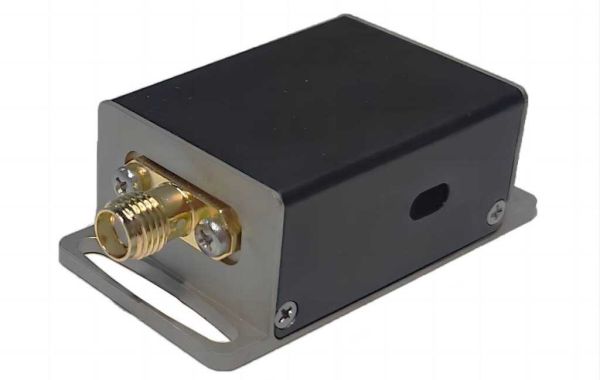Acousto-optic frequency shifters offer a versatile method for shifting the frequency of optical signals, but they have several inherent limitations:
- Limited Frequency Shift Range:The maximum frequency shift achievable is constrained by the acoustic frequency generated by the transducer. While high-frequency transducers can be employed, they often suffer from increased acoustic losses and fabrication complexity.
- Diffraction Efficiency:The efficiency of the frequency shift process is dependent on factors such as the acoustic power, the interaction length, and the properties of the acousto-optic material. Achieving high diffraction efficiency can require significant acoustic power, which may lead to heating effects and potential material damage.
- Bandwidth Limitations:The bandwidth of the frequency shift is typically limited to a fraction of the center acoustic frequency. This restricts the range of frequencies that can be shifted effectively.
- Material Degradation:Over time, the acousto-optic material can degrade due to factors such as radiation damage, mechanical stress, or chemical reactions. This can affect the performance of the AOFS and may necessitate material replacement.
- Nonlinear Effects: At high acoustic powers, nonlinear effects can occur, leading to distortion of the optical signal and reduced efficiency.
- Size and Cost:AOFS devices can be relatively bulky and expensive, especially for high-frequency applications requiring specialized transducers and materials.







